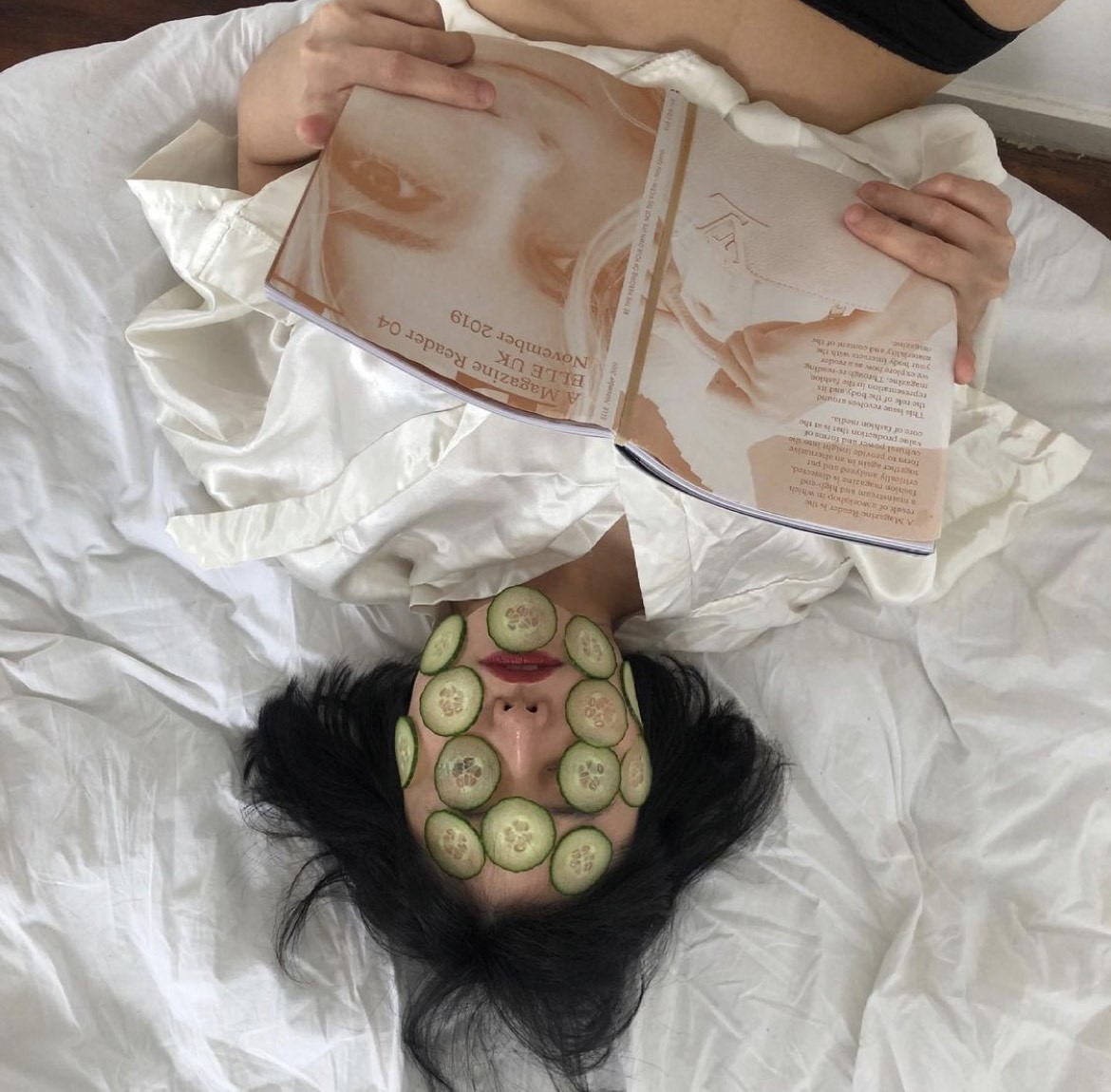Course
CourseIn the master’s course Critical Fashion Practices, you will move outside of the constraints of the fashion industry and engage with a broad range of perspectives and approaches that can help create affirmative alternatives. You get to experience a unique educational structure, and explore new, experimental ways of creating and sharing knowledge.
In the master’s in Critical Fashion Practices, your own personal values and methodologies are central. At the same time, you will explore research approaches, perspectives and values from other disciplines. You will set up your own critical fashion practice, involving social enquiry, affirmative activism and attesting to injustices present in fashion’s industrial practices.
Curriculum and course structure
Critical Fashion Practices is a two-year master’s course that is structured around four semesters.
First year
The first year (consisting of the first two semesters) is a combination between several modules, as well as group projects. While working on the shorter group projects, you will simultaneously explore a personal approach in the longer-running modules. Within these contexts, you will be facilitated in formulating, exploring, and refining personal research objectives under the guidance of tutors from within the course, as well as guest tutors and practitioners from the field.
Second year
During the second year of the course (the third and fourth semester), you will work individually on your graduation project under the guidance of a personal graduation tutor, several tutors from within the course, and guest tutors and practitioners from the field.
Individual and collaborativen learning experiences
The study programme of Critical Fashion Practices focuses on individual and collaborative learning experiences. The curriculum is structured around group classes, individual tutoring sessions, studio visits, and projects, which integrate the various fields of practice from participants, tutors, and guest lecturers.
A learning community that moves beyond hierarchy
An important aspect of this master’s course is finding ways to construct knowledge in a non-hierarchical way. Together with the other participants, you will form a learning community that moves beyond traditional, hierarchical modes of creating and sharing knowledge. This means that during the programme of this master’s course, you won’t have traditional classes and lecturers telling you what to do. Instead, you will experiment with different and dynamic processes of learning and exchanging knowledge.
Because of this move beyond hierarchy, students will be referred to as 'participants', and lecturers are referred to as 'tutors'. The aim of this is to emphasize that everyone within the learning community has the same amount of power, and all insights and ideas are equally important.
The educational structure of this master’s course is like working with an open source database. It’s not competitive, it’s more human. You make a connection with someone, and they can help you find the missing aspects of what you’re researching, that you didn’t know you needed.”
A unique vision on fashion education
The educational structure of the master’s course Critical Fashion Practices draws inspiration from one of the most mysterious occurrences in nature: the mycorrhizal network. This underground network of mycorrhizal fungi connects the roots of trees and plants in forests, distributing a wide range of nutrients and subsequently creating “communication” between these non-sentient organisms.
As a Critical Fashion Practices participant, you represent a bulb within this rhizome. The symbiotic relationship between the tree roots and the fungi surrounding them represents the open and horizontal knowledge exchange between the Critical Fashion Practices learning community, so between you and all the other participants, tutors and affiliated practitioners.

A Magazine Reader 05, image by Lu Lin